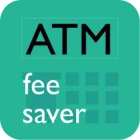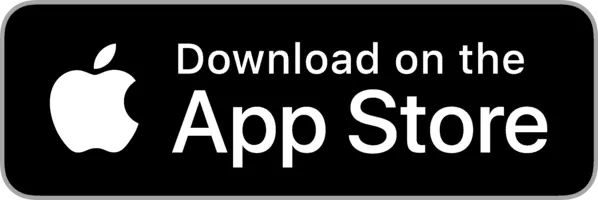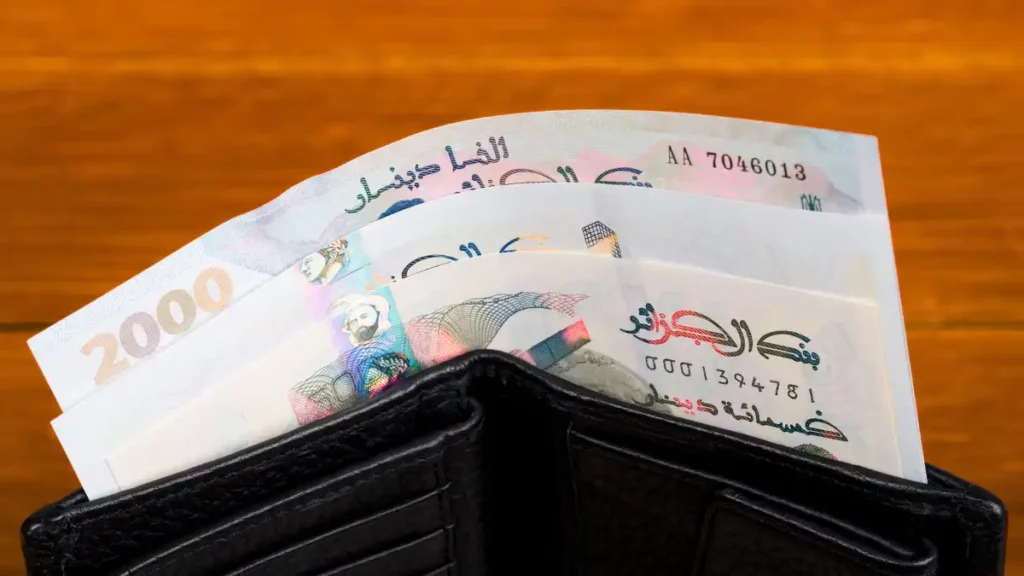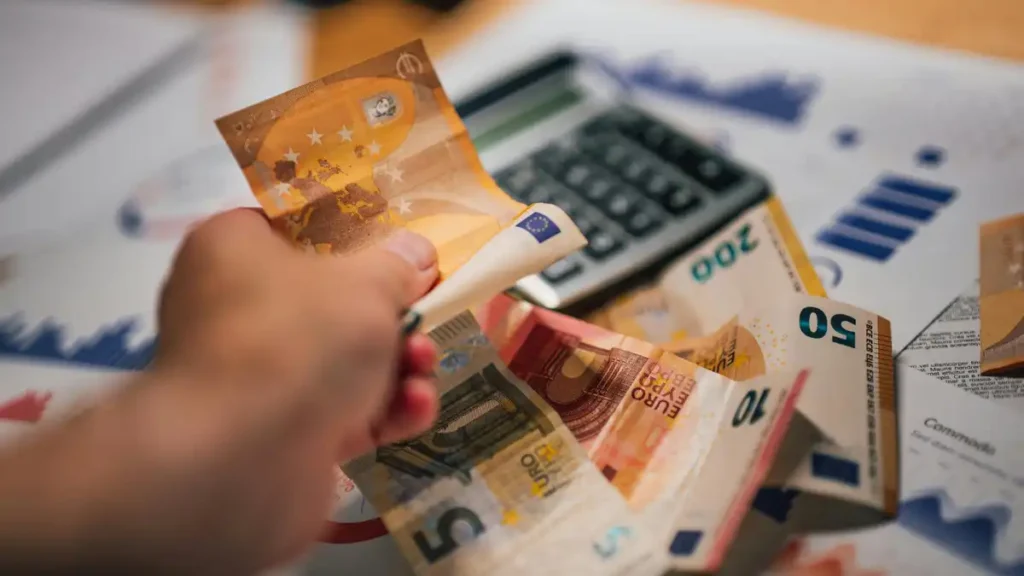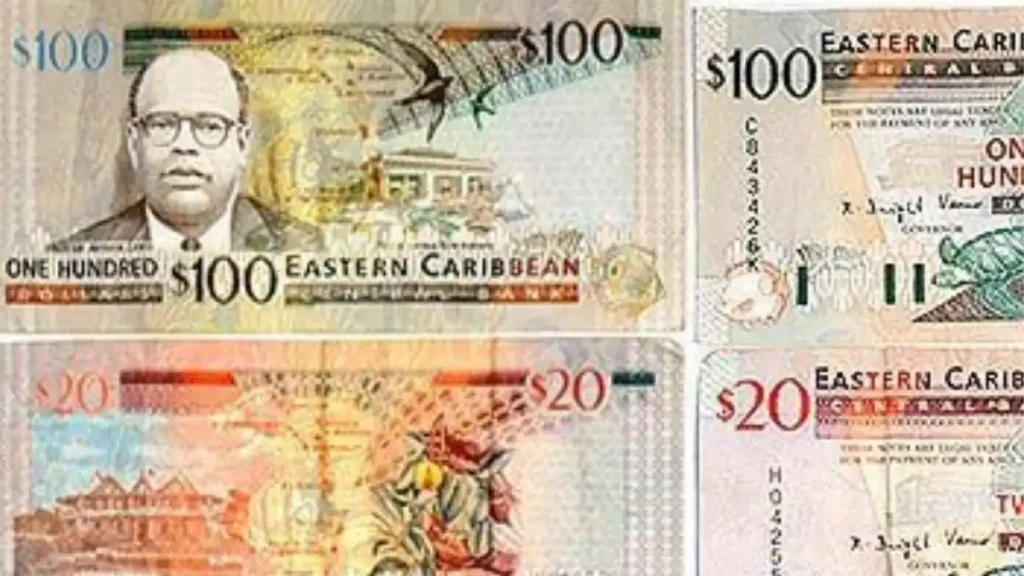Malta’s sunny coastline, historic towns, and Mediterranean charm attract travelers from around the world – but managing money in Malta and knowing how currency works will help you avoid unnecessary complications. Whether you’re visiting ancient ruins, taking a ferry to Gozo, or enjoying seafood along the harbor, knowing how to pay makes your trip smoother. This guide covers what currency to bring, the best ways to get money and currency in Malta (Euro – EUR), safe payment practices, and key dos and don’ts. With the right tips, you can focus on enjoying everything Malta has to offer.
How to pay in Malta – cash or card?
In Malta, both cash and card are commonly used – but cash remains the go-to for many day-to-day and small transactions. Cards and digital payments are growing, particularly in tourist hotspots, but for a smooth experience, having both is wise. The euro (EUR) is the official currency.
You can use cash for:
- Street Vendors and Markets: Farmers’ markets, kiosks, and small stalls often prefer cash.
- Public Transportation: Bus tickets can be bought with cash from drivers.
- Small Businesses: Independent cafés, snack bars, and corner shops may prefer cash for small bills.
- Hostels and Guesthouses: Some budget stays may require cash payment.
- Tips and Gratuities: Cash tips are common for guides, taxi drivers, and hospitality staff.
You can use card for:
- Hotels: All hotels accept Visa and Mastercard, with many offering contactless payment.
- Restaurants: Most sit-down restaurants accept cards, especially in tourist areas.
- Retail Stores: Shops, malls, and supermarkets take cards.
- Car Rentals and Tours: Cards are standard for bookings and deposits.
- Online Bookings: Flights, ferries, and accommodations can be paid for online.
What’s the best currency to take to Malta?
The Euro (EUR) is the official and only accepted currency in Malta, so bringing Euros is your best and only option.
USD, GBP, or any other currency are not accepted in shops, restaurants, or transport, and exchanging them may cost more than it’s worth.
Where to get currency in Malta?
There are 3 main ways to get cash in Malta. They are:
- ATMs, or
- Currency exchange, or
- Money transfer & local pick-up
Types of cards to swipe in Malta
Establishments with POS machines readily accept Visa and Mastercards for swiping. You might also find some places that accept Amex and other cards, albeit less frequently.
Types of cards at ATMs in Malta
If you’re withdrawing money in Malta from an ATM, some ATMs in Malta commonly majority of the internaltional cards such as Visa, Mastercard, Plus, Cirrus, Maestro, CUP and American Express cards. Some however accept only Visa, Mastercard and Maestro cards. Others such as JCB, Diners, Discover and Rupay cards are generally not accepted.
Should I exchange money before travelling to Malta?
If you’re coming from the Eurozone, there’s no need to exchange currency, as Malta uses the Euro (EUR). If you’re arriving from outside Europe, it’s helpful to bring a small amount of EUR for taxis or minor expenses upon arrival.
ATMs are plentiful in Valletta, Sliema, Mdina, and across the islands. Most accept Visa, Mastercard, Cirrus, and Plus cards. International withdrawal fees may apply, so check with your bank before traveling.
Currency exchange is available at banks, bureaux de change, and hotels, though exchange rates are generally more favorable in city banks than at the airport.
Where to withdraw money in Malta
You can withdraw money in Malta at leading bank ATMs in the country. The best ATMs for foreigners to use in Malta are those owned by popular banks such as:
- Bank of Valleta,
- Lombard, and
- HSBC.
There are other banks with ATMs that also accept international debit and credit cards.
There are no known Global ATM Alliance member banks or All Points network banks in Malta.
For a detailed guide, read Cash and ATMs in Malta.
Where to exchange currency in Malta
Common places to exchange currency in Malta are licenced exchange bureaus or banks.
Exchange bureaus are common in Valletta, Sliema, St. Julian’s, and at the Malta International Airport. Many are located in tourist shopping areas, hotels and ports for cruise passengers.
Well-known exchange providers include NOUV Exchange, Fexserv and Lombard Bank Exchange counters.
Popular Banks Offering Currency Exchange Services are: Bank of Valletta (BOV), HSBC Malta, APS Bank. Bank branches operate Monday to Friday, generally 8:30 AM to 1:30 PM, with some open Saturday mornings.
You can find good currency exchanges in Malta using the ATM Fee Saver app – it will guide you to the nearest currency exchange on the map. The app helps you with forex places in 160+ countries, including Malta. Download now from the App Store or Play Store.
Tip: While USD and GBP are easy to exchange, it’s best to avoid small kiosks near beaches or tourist buses, as they often have worse rates and higher fees.
Avoid Airport Exchanges and no-fee exchange offices: They have the highest fees and poorest exchange rates. Wait to get to the city to exchange cash.
Is carrying cash in Malta safe?
Carrying cash in Malta is safe, as the country has a very low crime rate. That said, standard travel precautions are still wise, especially in busy tourist areas where pickpocketing can occasionally occur.
To carry cash safely in Malta:
- Carry only the amount you need for daily spending and store extra cash at your hotel.
- Use a zippered crossbody bag or front-pocket wallet for added peace of mind.
- Avoid showing large amounts of money in public – especially in busy spots like Valletta or Mdina.
- Use ATMs located inside banks or commercial areas rather than on the street.
- Most businesses accept cards, but carry small bills for tips, buses, or small local vendors.
Is it better to use debit or credit cards or pay by cash in Malta
Use a card if it is fee-free i.e. your bank does not charge any fees to swipe the card, when the merchant / POS also does not impose any extra charge to use a card, you need to use the insurance of the card, don’t want to block cash of large purchases and card’s swipe fees are lower than withdrawal fees.
Pay by cash by withdrawing cash from ATM or exchanging currency where – fees on ATM withdrawals are lesser than fees on swiping cards, you don’t want to leave any digital footprint of your expenses, it is convenient and easier to conduct transactions.
